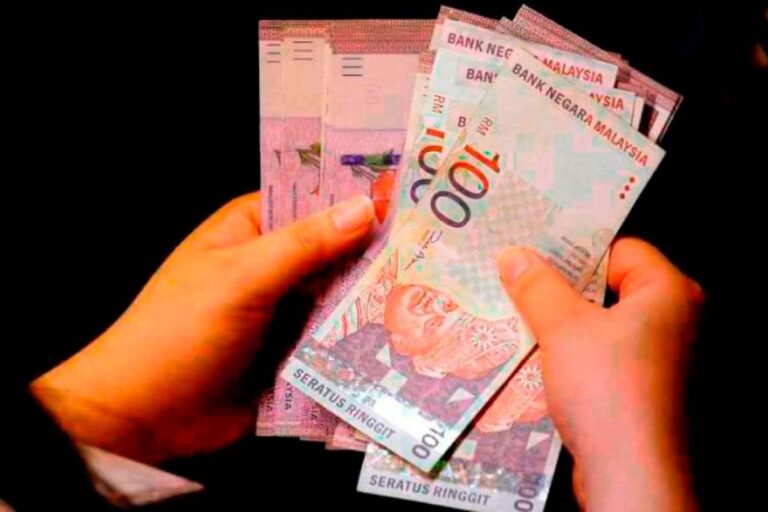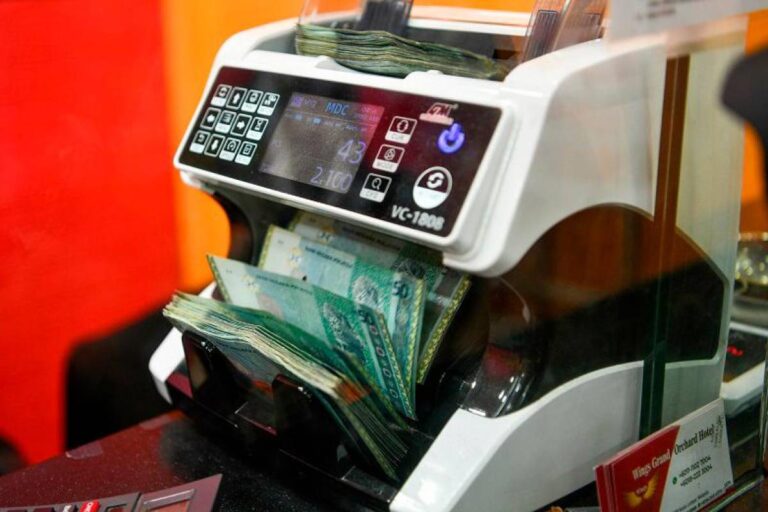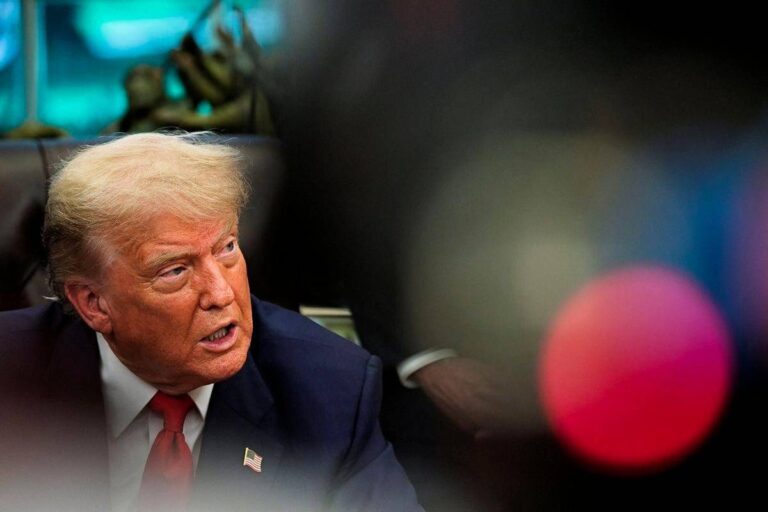
Tokyo: Nippon Steel on Saturday faced a “historic partnership” with US Steel after President Donald Trump approved the merger of a multi-Arab-dollar.
But Japanese giants face many headwinds.
There are some challenges facing the company here, from trade tariffs to decrease in global demand:
– American Terms –
Nippon Steel and US Steel stated that they “entered into a national security agreement” with the US government, which provides that in new investments would be approximately $ 11 billion to 2028 “.
Former President Joe Biden blocked the deal on national security basis shortly before leaving the White House.
Other situations include a so-called “Golden Share” for the US government, which gives it more control over the company, as well as the non-specified “commitments” related to domestic production and business.
“All the necessary regulatory approval for the partnership is now received, and the partnership is expected to finalize the partnership immediately,” companies said in a statement.
– financial burden –
The rating agency S&P said last month said that the “huge financial burden” of the deal could lead to the nippon steel more severely downgraded than planned.
Bloomberg Intelligence’s Mitchell Leung also warned in May that the $ 14.9 billion merger would “increase the debt burden of the Japanese firm from the current $ 16.7 billion”.
“A deal can help Nippon Steel diversify beyond its domestic market, although US steel will need to invest heavy to help repair the aging assets,” she said.
Some shareholders have expressed an alarm, Activist Investor 3D Investment Partners made a call to protest against the reusing of Nippon Steel officials at the upcoming annual general meeting.
This warns “this level of the capital outlay” at risk of “irreversible loss of corporate value”.
– Tariff Danger –
“Weak domestic and foreign demand for steel products and the indirect impact of American tariffs imposed on steel” S&P said that Nippon would be a hit by Steel’s earnings.
The company has warned that global steel demand is “in an unprecedented position of crisis” – sluggish economic activity, oversupply in the market and fuel tendency by less public infrastructure projects.
It will also have to struggle with Trump’s tariff aggressive – with levy on steel and aluminum imports recently doubled 50 percent.
In Japan, aging population is weighing on steel demand, but exports are also becoming more challenging because other countries promote local production.
To address this, Nippon Steel has strengthened its international appearance by achieving Indian and Thai steelmakers.
The US Steel merger is part of this strategy: it will allow nippon steel to achieve global crude steel production capacity of 86 million tonnes per year, currently above 66 million, it says.
– Chinese overproduction –
According to the organization of Economic Cooperation and Development (OECD), the demand for global steel is increasing at a speed of less than one percent per year, which is mismatched with a jump of 6.7 percent anticipated in production capabilities by 2027.
This will probably cause price fall due to threatening many steel manufacturers.
This surplus is subsidized by China by the world’s largest steel producer, characterized by OECD “policy deformation”.
Steel exports from China have exceeded double since 2020, motivating areas including the European Union to initiate dumping-ant-dumping investigation.
Runosuke Shibta of SBI Securities told AFP that the Chinese demand for steel is slow and the country’s “export competition … is to run GDP”.
Shibata said, “A huge amount of steel is flowing at the prices in Asia that are barely profitable,” a “value of competition”, Shibata said.
– Expensive decarbonisation –
Japan has promised to reach carbon neutrality by 2050, as governments work to curb their emissions worldwide.
As part of its own efforts to produce low planetary-warming carbon dioxide, Nippon Steel has announced a $ 6 billion plan to manufacture, modify or restart three low polluting “electric arch” furnaces on various sites.
About one third of the fund will come from the government.
Leouung stated that investment “may give rise to rising financial costs” because the features would not start before the 2029 financial year.





